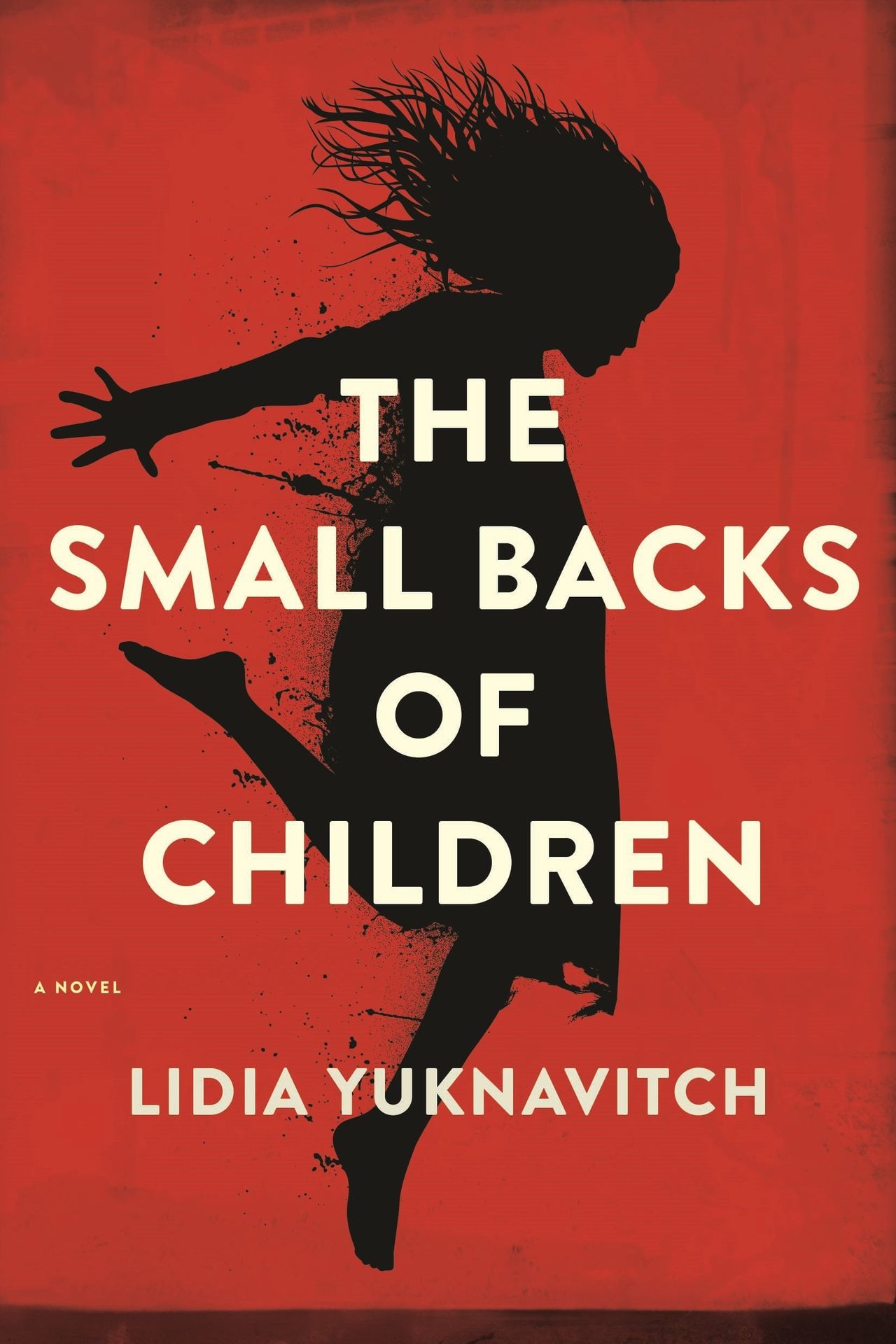A vulture looms over a wisp of a child, curled up and limp. It’s a striking image, taken during a Sudanese famine in the '90s; so striking that the photographer, Kevin Carter, won the Pulitzer Prize for taking it. Not long after, he committed suicide. Some say the horrors he witnessed abroad were responsible for the tragedy.
Before his death, Carter was criticized for opting to frame a photo rather than assist its starving subject. Questions were raised about the ethics of war reporting, not least among them: does raising awareness actually contribute to a solution?
In her new novel, The Small Backs of Children, Lidia Yuknavitch creates a similar character, a photographer who by chance snaps a perfectly emotive image of a girl in Eastern Europe, where there’s violence without war, persistent but unacknowledged elsewhere.
The novel begins the moment after the shutter clicks, and follows the child subject as she races into the woods, away from an explosion that’s killed her mother, father and brother. The girl has morbid run-ins with soldiers and eventually happens upon an older woman, widowed as a result of their country’s unstable state. The girl is nurtured back to physical and mental health; she begins painting; she learns English.
But the rest of the world associates her with a different image: flying forward from the power of the bomb, her face frozen in horror, her body arrested midair. By delving into the messy depths and possible outcomes of her life after the half-second shot is frozen in time, published, disseminated and awarded the highest prizes, Yuknavitch is rebelling against the clean, swift straightforwardness of plot, and the monolithic representation of truth presented by a work of art.
This mode of storytelling is unsurprising coming from Yuknavitch, whose memoir The Chronology of Water infuses seemingly concrete experiences -- competitive swimming, sexual awakenings -- with fluid language that undulates between themes. In an interview with The Rumpus, the author makes her views clear: “the membrane between fiction and nonfiction is thin as infant’s skin.”
The Small Backs of Children doesn’t move ahead like most narratives. Instead, its events are related by a cast of characters, whose connected lives form a helluva family tree: the young subject of the above mentioned photograph; the photographer, an aging bisexual woman grappling with the stark truths presented in her chosen craft; the writer, who falls ill while penning a novel about the girl from the photo, leaving the storytelling up to her peers; the filmmaker and writer's husband; the artist, her spurious, cadlike ex-husband; the playwright, her brother, who fled their abusive upbringing; the performance artist, a pixielike girl with a broken heart; and the poet, a jet-setting dominatrix. Each narrator tells his or her portion of the story using language fitting for their respective vocations -- the filmmaker, for example, is sentimental and focused on the appearance of things.
Together, the cast decides to travel to Eastern Europe to rescue the girl from the now-renowned photo. Unaware that the girl has created a pleasant life for herself, they believe they are saving her, that they're championing altruism over art.
Yuknavitch isn't entirely critical of their self-righteousness, or of their subtle cultural appropriation. She concludes her story with the girl meditating on the same ideas artists have pondered for centuries, aiding trauma with a swishing brush.“Where do we come from?" she wonders. "Is it a country? A mother? Or is it perhaps an image, a song ... ?”
The bottom line:
The Small Backs of Children beautifully examines the fractures of loss and the myriad ways we can recover from it.
Who wrote it?
Lidia Yuknavitch teaches writing in Portland, Oregon. She's the author of Dora: A Headcase and The Chronology of Water, a memoir.
Who will read it?
Those interested in cerebral narrators, philosophical stories and the impact war has on a country's citizens.
Opening lines:
"You must picture your image of Eastern Europe. In your mind's eye. Whatever that image is. However it came to you. Winter. That white ...
One winter night when she is no longer a child, the girl walks outside, her shoes against show, her arms cradling a self, her back to a house not her own but some other."
Notable passage:
"It began with insomnia. When I lived in Ocean Beach. Remember O.B.? I was sleeping on the floor of some musician's apartment. Pitch-black, lingering smell of pot, and all the things I thought would slow down and get better if I stepped out of my photojournalist life and into this ... beautiful fantasy of a man's life. Jesus. Look at him. He sleeps the sleep of the dead. Or of a clueless child."
by Lidia Yuknavitch
HarperCollins, $24.99
Published July 7, 2015
The Bottom Line is a weekly review combining plot description and analysis with fun tidbits about the book.
